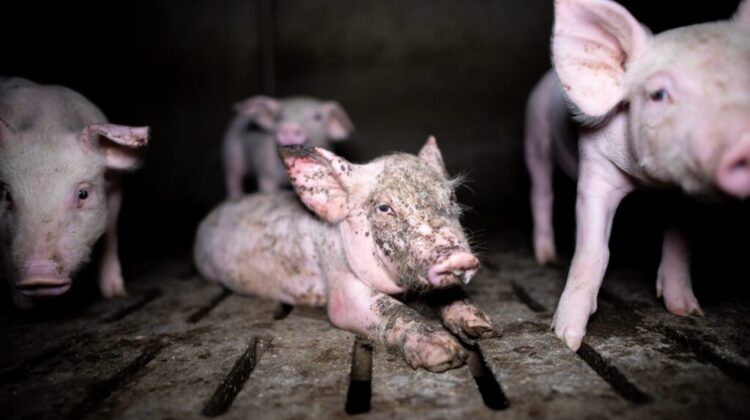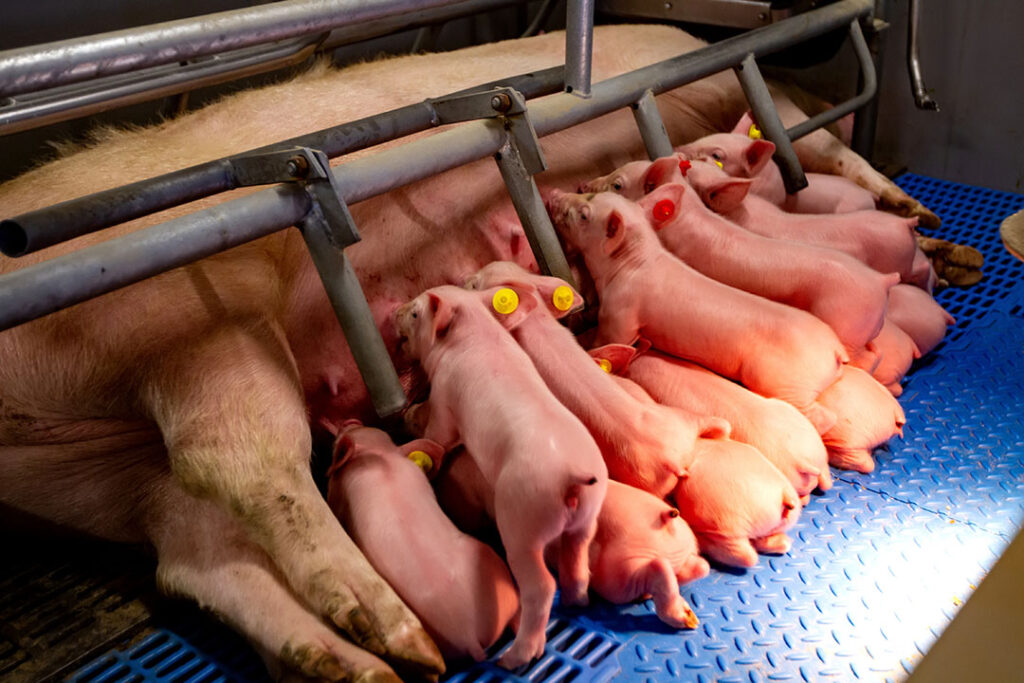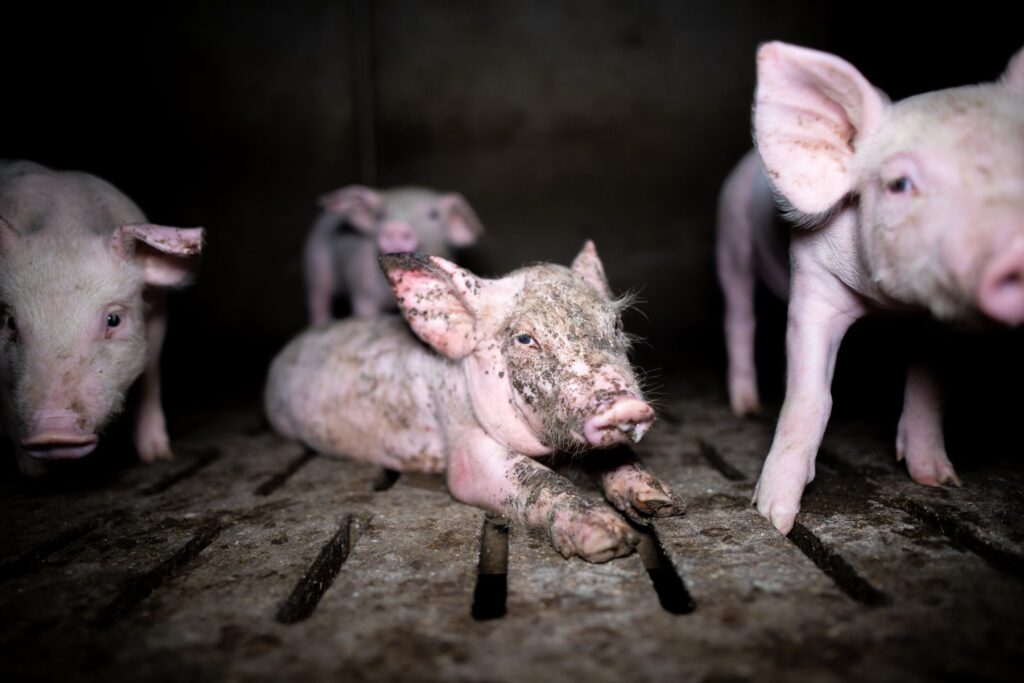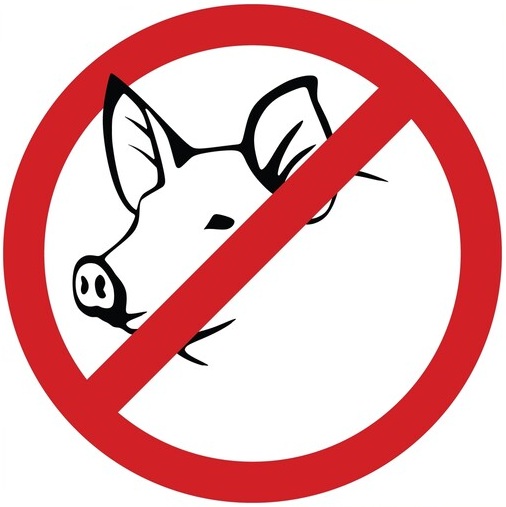
Milk is one of the most widely consumed food products worldwide, sourced from cows, goats, sheep, buffalo, and even yaks. However, one farm animal is notably absent from the dairy industry: the pig. Despite being a mammal that produces milk for its offspring, pig milk has never become a viable option for human consumption. Why is that? And beyond milk, why is consuming pork so hazardous to human health?
The Problems with Milking Pigs
Compared to cows, pigs present several challenges that make milking them impractical and unprofitable:

- Difficult to milk: Cows have soft, easily accessible udders, while pigs have small, tough teats that are hard to extract milk from.
- Uncooperative nature: Cows are calm and can be milked with ease, but pigs are aggressive, restless, and difficult to handle, making the process dangerous.
- Short milk ejection time: A cow can produce milk for up to 10 minutes per session, whereas a pig only ejects milk for about 15 seconds, making large-scale production nearly impossible.
- Unappealing taste and texture: Pig’s milk reportedly has a strong, gamey flavor, even more intense than goat’s milk, and is also much fattier—containing 8.5% fat compared to 3.9% in cow’s milk—making it thick and unpalatable for many consumers.
Health Risks of Consuming Pork and Pig’s Milk
1. Bacteria and Parasites Survive Cooking

Scientific research has shown that certain parasites and bacteria present in pork, such as Trichinella spiralis (trichinosis), can survive even after cooking. These parasites can cause severe infections in humans, leading to long-term health complications.
2. High Risk of Toxins and Viruses
Pigs are scavengers and will eat almost anything, including garbage, rotting carcasses, and even feces. As a result, their meat absorbs high levels of toxins that can be harmful when consumed. Additionally, pigs are known carriers of deadly diseases like swine flu and the Nipah virus, which can be transmitted to humans.
3. High in Harmful Fats and Cholesterol
Pork is loaded with unhealthy saturated fats and cholesterol, increasing the risk of heart disease, high blood pressure, and clogged arteries. Similarly, pig’s milk, with its extremely high-fat content, is far from a healthy choice for human consumption.

The Pig: One of the Dirtiest Animals
Pigs are considered among the filthiest animals, often living in muddy environments and feeding on anything available—including decayed flesh. Unlike other animals, pigs lack sweat glands, preventing them from detoxifying their bodies naturally. As a result, toxins accumulate in their flesh, making their meat one of the most hazardous to consume.
Between the practical difficulties of milking pigs, the unpleasant nature of their milk, and the severe health risks associated with pork consumption, it’s clear that humans have avoided pig dairy and meat for valid scientific and medical reasons. If you’re looking for a safe and nutritious option, sticking to cow’s or goat’s milk is undoubtedly the better choice—leaving pigs out of the equation altogether.

Leave a Reply